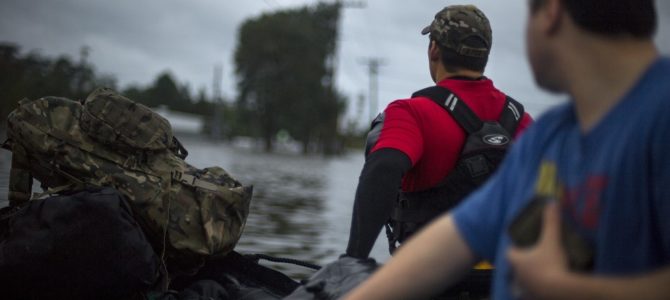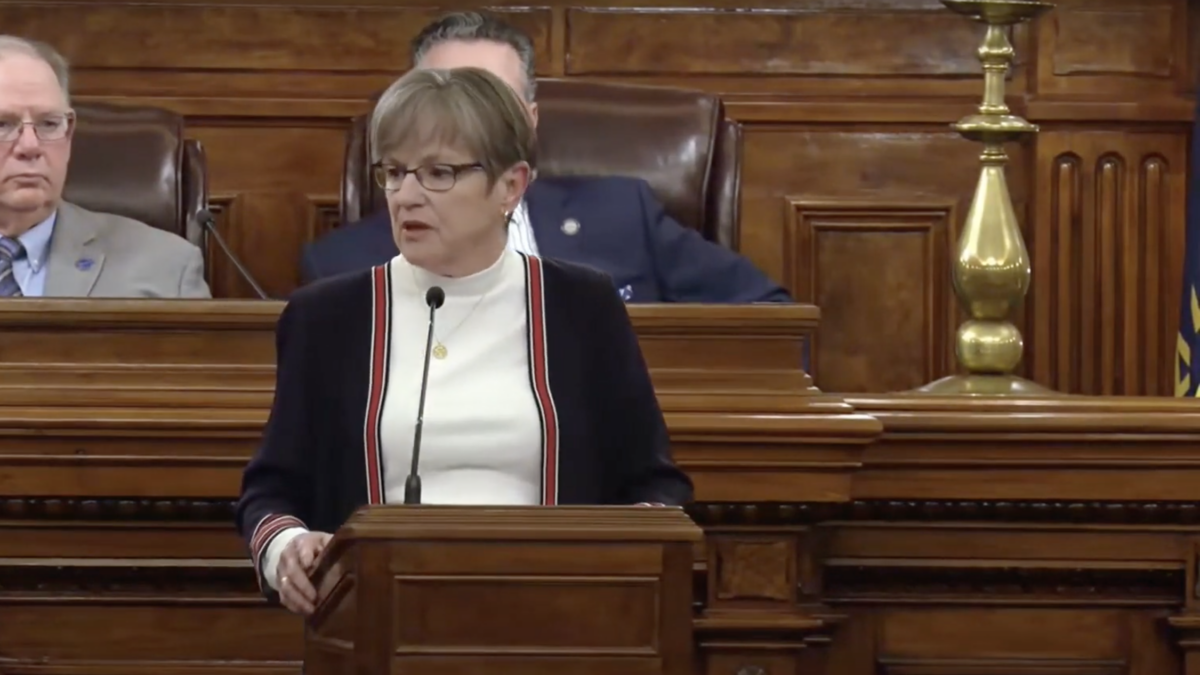
The ships came by the droves, rescuing stranded passengers in a moving tribute of heroism and bravery amongst unspeakable tragedy
The plot of the movie “Dunkirk”? Certainly. But also the story of a group of south Louisiana residents who banded together in the aftermath of Hurricane Katrina to rescue their fellow citizens, and have since put the skills they learned in 2005 to good use in similar floods, most recently this week in the aftermath of Hurricane Florence.
In 1940, the British Admiralty sent out an order, broadcast by the BBC, “requesting all owners of self-propelled pleasure craft to send all particulars,” so the government could requisition the flotilla to rescue Dunkirk, in some cases without the owners’ knowledge or permission. But 65 years later, amidst a chaotic official response to the inundation of New Orleans, Louisiana’s group of citizen-sailors banded together on their own initiative to help their neighbors, without any official government involvement. After all, who needs FEMA when you’ve got the Cajun Navy?
Louisiana’s Boating Culture
Historian Douglas Brinkley, who while teaching at New Orleans’ Tulane University wrote a best-selling book about Hurricane Katrina, generally receives credit for popularizing the term Cajun Navy, beginning in an article a few months after the storm. Brinkley said he heard the term used by a police officer in New Orleans the day after floodwaters inundated the city. Another participant in the flotilla saw the name written in black marker on the side of an ice chest.
Regardless of the term’s origins, the Cajun Navy came from Louisiana’s Cajun country. That’s land in the south-central part of the state, more than two hours west of New Orleans. In that area surrounding the city of Lafayette, the Atchafalaya Basin—the nation’s largest wetlands and swamp—makes boating a way of life.
The Atchafalaya River, bayous, swamps, and estuaries require shallow-water vessels that are good for piloting in areas with only a few feet of standing water, and strong navigational skills. As Brinkley noted, the Cajuns knew how to navigate the streets-turned-rivers of New Orleans better than the “official” rescuers did.
Neighbors Helping Neighbors
Another way of life for the Cajun Navy: Helping others. The navy got its start when a state senator, Nick Gautreaux, saw the heart-wrenching images of people stranded on rooftops on Tueday, August 29, 2005, as levees across New Orleans burst. Two hours to the west, Gautreaux told a colleague: “I have to do something to help those people. We can’t just stand around and watch those people on their rooftops.”
When one of his senate colleagues near New Orleans sent word that “my people are dying—please send help,” Gautreaux texted back: “Don’t worry—help is on the way.” He alerted the media, and appeared on Lafayette’s evening newscasts that night, instructing people to assemble at an area mall the next morning for the drive to New Orleans.
By 5:00 on Wednesday morning, hundreds had appeared, in a heart-warming show of compassion and resolve. As Gautreaux notes: “The great thing about it was it was typical Louisiana.…We had doctors, lawyers, college students, nurses, working class people, and offshore oilfield workers who had the day off because of the hurricane. We even had a person who bought a brand new boat and motor that day so he could go with us. I thought that was great. It’s part of our Cajun heritage to help our neighbor. When New Orleans needed help we were there to help them.”
Nor was Gautreaux’s group alone. Even further to the west, in Lake Charles near the Texas border, a separate crew assembled, and drove the more than three hours east to New Orleans to help.
An informal history of the Cajun Navy describes some of the almost unimaginable scenes that the volunteers encountered: The voices crying out from houses for help, almost as soon as they put their boats in the ground. The dead bodies, of animals and humans alike. The burns developed from wading in waters contaminated with chemicals, household poisons, and raw sewage.
The residents of a hospice rescued by the Lake Charles flotilla, who waited six whole days to be rescued, during which time four bed-ridden patients died. The elderly woman whom Gautreaux regrets not rescuing quickly enough to save her life, because he was busy rescuing 175 people, including several pregnant women, marooned on a shrimp boat.
Of course, Gautreaux and his fellow rescuers have little to regret. They did the best they could, and gave all they could, even as the official response floundered. Unlike Mike Brown, the infamous head of the Federal Emergency Management Agency during the storm, the Cajun Navy did do a “heckuva job,” saving thousands of their neighbors from the floodwaters.
The Tradition Continues
Since then, the Cajun Navy has continued to help their fellow citizens through search-and-rescue missions. When areas of central Louisiana flooded two years ago, citizens once again pitched in to rescue their neighbors. Last year, multiple branches of the Cajun Navy traveled west to Houston, helping in recovery efforts in the flooding after Hurricane Harvey.
This year, the informal groups have traveled even farther afield, helping areas of North Carolina survive the deluge brought by Hurricane Florence, both by rescuing residents and helping deliver food and supplies to areas surrounded by floodwaters.
Time and time again, when official responses to hurricanes have seemed feeble, ineffective, or even insensitive, the Cajun Navy has provided a beacon of heroism, American ingenuity, and civic pride—a deep and abiding desire to help others. In true Cajun fashion, the best way to salute their resourcefulness and dedication might consist of three simple words: Way to Geaux.









